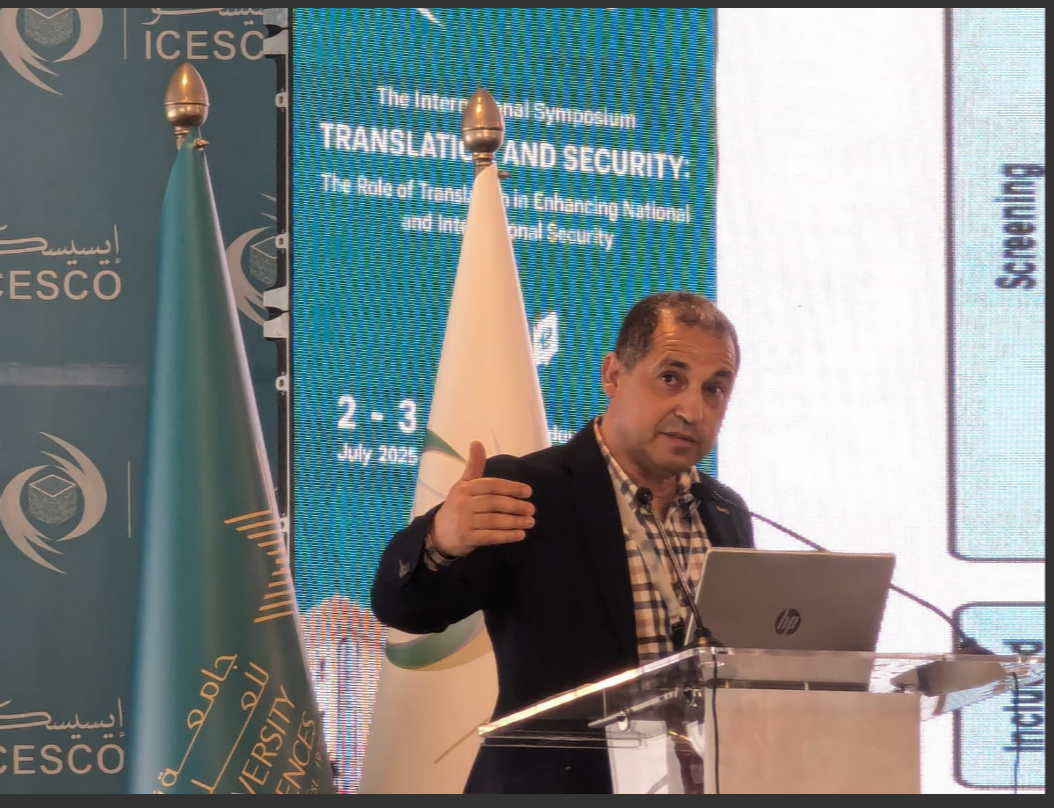The debate over whether to use dictionaries in a translation test in a classroom context is still a hot topic in many a foreign languages or English departments in the Arab context ( not translation departments or schools). In other contexts with long traditions in teaching translation, this topic is non-existent, including department where translation is a minor ( see minor program in translation practice at McGill University- Canada). They probably went through this and dusted it in the bin few decades ago. Deja vu. In fact, it all boils down to the way in our context our colleagues from neighboring disciplines, especially EFL, perceive translation as an academic activity and as a practice. It is all about perception.
As long as translation is perceived as a means to improve students foreign language competence, the same argument will hold. Worst case is when these colleagues stress in committees on how to carry out exams without the use of the dictionaries as if the translation test is an exercise of text comprehension or vocabulary. Not quite! Translation needs to be conceived as a profession and practice. A practitioner needs tools to work and think. So does the translator: he needs his/her tools to solve the linguistic/cultural/communicative/ethical problems through translating them into another languages after fixing and going through many hurdles.
The use of the dictionary itself ( monolingual or bilingual) is prone to scrutiny as well : Are these students use the tool efficiently or not and do they manage to finish their exam on time or not?. Information mining and seeking and being fast and efficient is also a skill to integrate in assessment. these are key professional and life long abilities to not to neglect. Granting a mark to a students based on whether he translated the correct meaning of the ' word' is not enough as a standard to measure performance.So, here, we are measuring , in addition to the final product ( the translated text) the process ( the use of a tool to decide on choosing and selecting the appropriate terms to fix the problem : understanding the text in order not only to understand it per see as it is in the case of language learning, but also to transform and use it for communicative purposes...for social purposes for instance). Furthermore, choosing the material ( the text) is another critical step to handle by faculty teaching the course. This is a very important phase whereby the instructor needs to select strategic material containing patterns and structures that students need to reformulate to show their level of mastery of the translation or transfer mechanics. Whether they used the correct word or not comes second. Her is where the problem lies: can you choose texts with these variables to measures targeted types of skills, knowledge and abilities??. So, let us not hide behind the curtain of NOT using dictionaries for whatever reasons.Such type of material selection is strategic and , even students, use their dictionaries, would not harm final outcome: be able to communicate and reformulate structures and ideas fluently, idiomatically, context relevant, and ingeniously.In this case, ' vocabulary' matching game comes- as i mentioned- second in the list of priorities.
The intention is to see if students are able to transfer and transform structures at the textual and generic levels to produce healthy and communicative pragmatic texts as well as keeping a smooth flow of the information. Translators communicate primarily structured information and not only words or correct vocabularies . The term 'information' was ignored on purpose or not in the many traditional literature in translation studies. They use instead the 'source versus target text' or ' transfer of meaning' kind of contexts. In other words, anything they can explain using concepts or constructs from linguistics or language studies or from comparative literature and rhetoric. Sometimes, often rather, students do not find adequate equivalents for their terms or phrases in the dictionary; so , here they resort to many other variables such as context, audience, purpose ...ect.
All in all, letting translation students do their tests without a dictionary is not tenable . We need to put a thing line between what does it mean to learn a language and be able to translate. Sometimes, students, although they use dictionaries , they provide bad translations. One trick they are taught to do : First, do terminology and glossary, then start reformulate the text or translate. Yet, students do the same method they do in language learning: looking for meaning of words in each sentence and translating that sentence simultaneously. This will create problems such as translations and strict adherence to source text structure. Yet, this problem could be healed in the classroom through effective and engaged instructional and monitoring or mentoring efforts from the trainer.
Last, imagine an engineer, architect, mechanic...etc once they spot an anomaly, or where the problem is in the material or case ( i.e ' a difficult word' in their text: material, building), what do you think they would do to solve it? of course , use material and tools. Well! the same thing applies for the language service provider ( translator or interpreter).
After my graduation years ago, I went to take translation tests at many local , regional and international places. I always take a bag of paper-based glossaries and all sort of dictionaries to my exam. All other candidates did the same. Full stop! It is a normal practice outside the EFL universe!
After my graduation years ago, I went to take translation tests at many local , regional and international places. I always take a bag of paper-based glossaries and all sort of dictionaries to my exam. All other candidates did the same. Full stop! It is a normal practice outside the EFL universe!
Fouad

